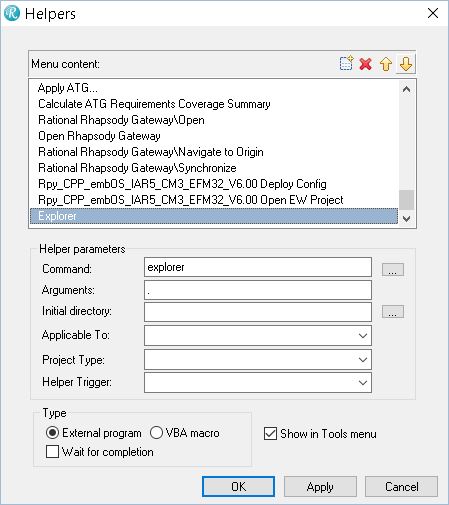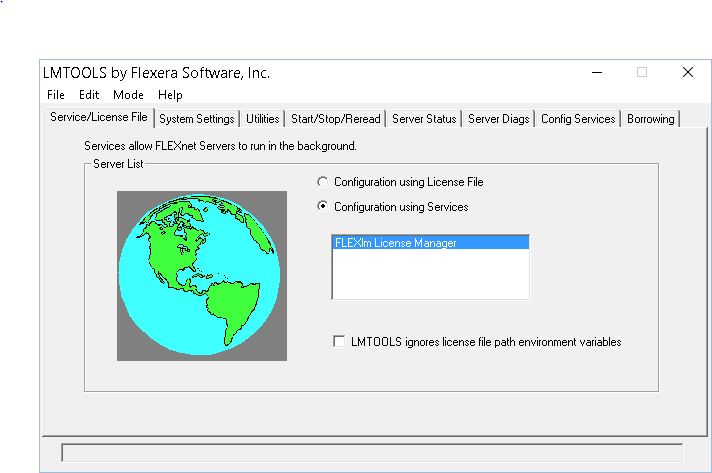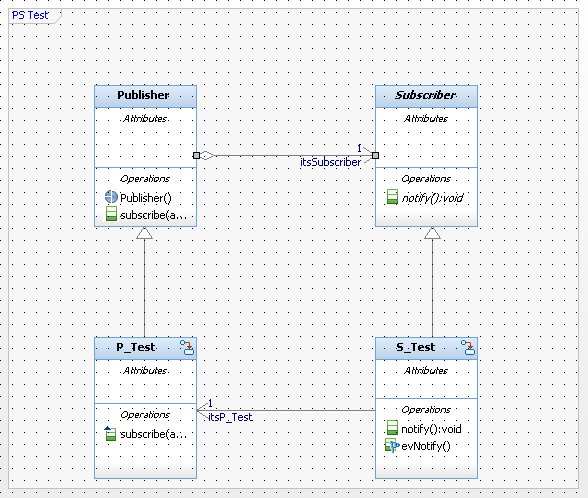Recently I visited India for a 10 days. In Hyderabad to be precise. So after arriving at home Friday night after a week of training in Bückeburg I had to unpack and re-pack my bags. Saturday morning early my KLM plane for Delhi would leave from Schiphol.
It was an old 747, I haven’t flown a 747 since a long time, i didn’t even know that they were still in use. But I saw a couple of them so KLM is still using them, On the inside you could clearly see that the 747 is a bit old. No USB chargers, I tried to operate the miniature inflight entertainment screen (That was not much larger than my iPhone) and just before i started to get annoyed because it wouldn’t accept my inputs I realized it wasn’t a touch-screen… The rest was also outdated but…. still OK. The plane left a bit before 13:00u (1pm) and would arrive 7,5 hours later in New Delhi. Too early to sleep, but I had a connecting flight with a long stop-over so I thought I could find some other time to sleep a bit.
I had an Economy plus seat, a bit more room and… luck because the middle seat stayed empty. You could choose between Indian food and Western food. Easy choice… for me. Nice detail: all the food on the flight was vegetarian! And very, very good… I tried a nap after the lunch but i was not tired enough. So after almost 8 hours we landed on Indira Ghandi International Airport in New Delhi.
I got out pretty early, just after the Business Class and I was in line for the customs early. Unfortunately, KLM had forgotten to supply us with the visa papers… so I had to go back and fill it in and then line up behind the rest of the plane… Took quite a while but in the end they let me in. I’ve been to India before, last time it took me 2 days at the embassy in The Hague to get a Visum, the online Visum is a huge improvement.
After that searching for my suitcase (I had a big case with Training Material) and after I finally found that I went to an exchange shop to change some euro’s into Rupees. A bit of cash money is always convenient. I brought some (Well.. actually a lot…) from my last visit but India decided to use new banknotes and make the old ones invalid. Thanks India!
I had 4,5 hours for my stopover so I was very relaxed, going to the last check at the customs, bought myself a SIM-card so I could use Mobile Data in India (My mobile plan covers much but it does not cover India…) and then I started searching for the place where I could check-in my luggage for the flight with IndiGo Airway… That turned out to be in the domestic terminal. And that was on an airport with the same name but that name was also used for an older airport on the other side of Delhi… So I had to cross the airport to the shuttle terminal and drag my stuff into an old bus together with 50 other people with too many suitcases and other luggage. I managed to get a ticket and waited for the bus in the most air polluted place I’ve ever been. Half an hour equaled 10 packs of cigarettes. Yikes.
Slowly however… time ran out. The bus came and had to drive almost an hour… after arriving only 40 minutes would be left. If you have ever been to an airport in India you know that is not nearly enough… Luckily a nice Indian gentleman next to me in the bus understood my problem and helped me out. He arranged 2 guys on the airport that took my suitcases and led me through some “secret” airport elevators and hallways. They spoke with a lady behind the counter and I was the first one in a long, long line… Costed me EUR 10,- Not “compliant” I’m afraid but saved a lot more… With 1 minute left I made it to the bus to the plane.
At the plane it was time for a surprise, it was an Airbus A320neo. Almost brand new (although I read today that some of them are grounded due to Pratt&Whitney engine trouble) It took off precisely in time at 5am and flew to Hyderabad in just over 2 hours. The fight was more or less OK but I learned one more thing: Indian pilots fly just as Indian taxi drivers drive….
After 2 hours we were in Hyderabad. We tried landing twice and twice it made a fly-over. (According to the pilot “a completely safe maneuver “) Yes please….
After circling for an hour the plane accelerated and the pilot told us we would fly to Chennai. Cool, I did not expect to ever go there and before you know… But information was scarce and I did not really know what to expect. Directly after the landing and parking all other passengers stood up and started moving to the door and shouting through each other. Some guy from IndiGo got in the plane and mastered the chaos. He let he passengers out that had to be in Chennai anyway. We waited for 2 hours in the burning sun. We got a lunch box with chips and (Yeah!!) water. After 2 hours we took off again and an hour later we landed in Hyderabad.
After a non successful search for the hotel shuttle I gave up and took a taxi to the hotel where I arrived 24 hours after leaving home.
OK… this is a Rhapsody BLOG….
I have some news on Rhapsody as well. Some of it was written by Eike Römer on our Download Portal. I copied it here.
- The 8.3 Version is now OK to use from our point of view with restrictions:
- only with iFix 2 (all available on our Download Portal)
- Be ware if you use it for existing projects! Either your Version history is lost (or retained with much effort) or you have to meticulously save in the old format.
- for new projects it is OK
- The 64Bit version is also free to use! read here how you can update the frameworks.
Rhapsody 8.3 with the RXF Frameworks
Our existing Realtime eXecution Frameworks (RXF) available on the Willert Download Portal (https://download.willert.de/) can be used together with Rhapsody 8.3 iFix 2. However, RXF versions that have been tested and released with an earlier Rhapsody version than 8.1.5 need the applied JDK workaround documented on: https://download.willert.de/rhapsody-8-1-5-support/
RXF-Cert is Rhapsody Version Specific
RXF-Cert frameworks (prepared for safety critical software development certification) are an exception, as they have been documented, tested and prepared for certification for one specific Rhapsody version. Please contact us and discuss the Rhapsody upgrade path for your specific certification environment if you want to migrate to Rhapsody 8.3 iFix 2.
Rhapsody 32- vs. 64-Bit
Until today we highly recommended only installing Rhapsody in the 32-bit edition. The main reason was a limitation in features like roundtripping, reverse engineering etc.
With Rhapsody 8.3 iFix 2 this has changed. You may now also work with the 64-bit edition of Rhapsody. However the Willert Installer (Setup.exe as part of an RXF release) needed to learn how to handle Rhapsody 64-bit installations. All RXF releases after 2018-03-13 can handle Rhapsody 64-bit installations out-of-the-box. For older RXF releases you need to replace the old Setup.exe with the one you can download here:
https://download.willert.de/downloads/setup_2018-03_64bit/
That was it! happy modeling with Rhapsody
Walter van der Heiden (wvdheiden@willert.de)









































